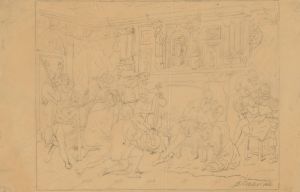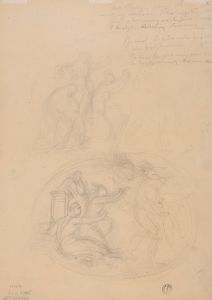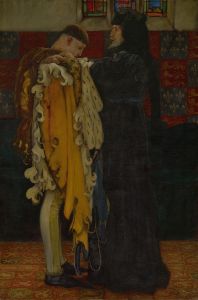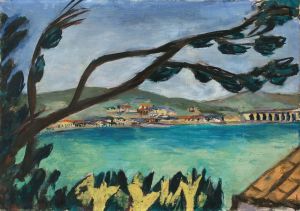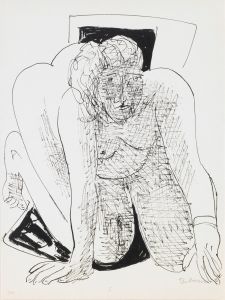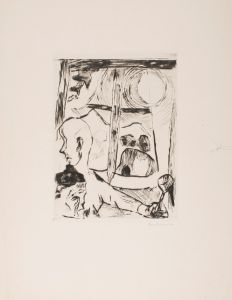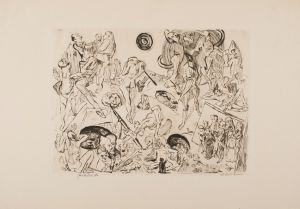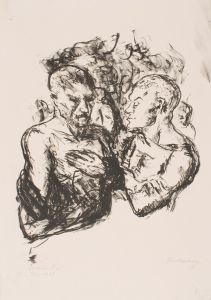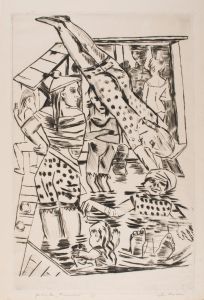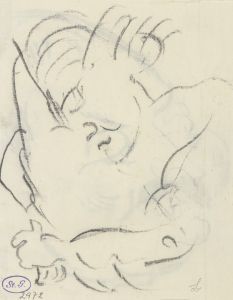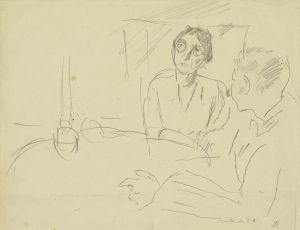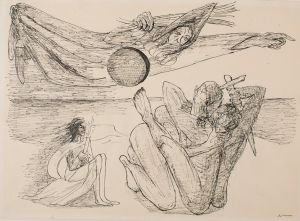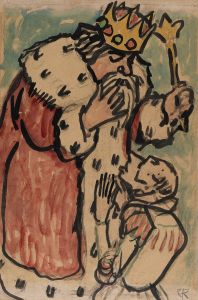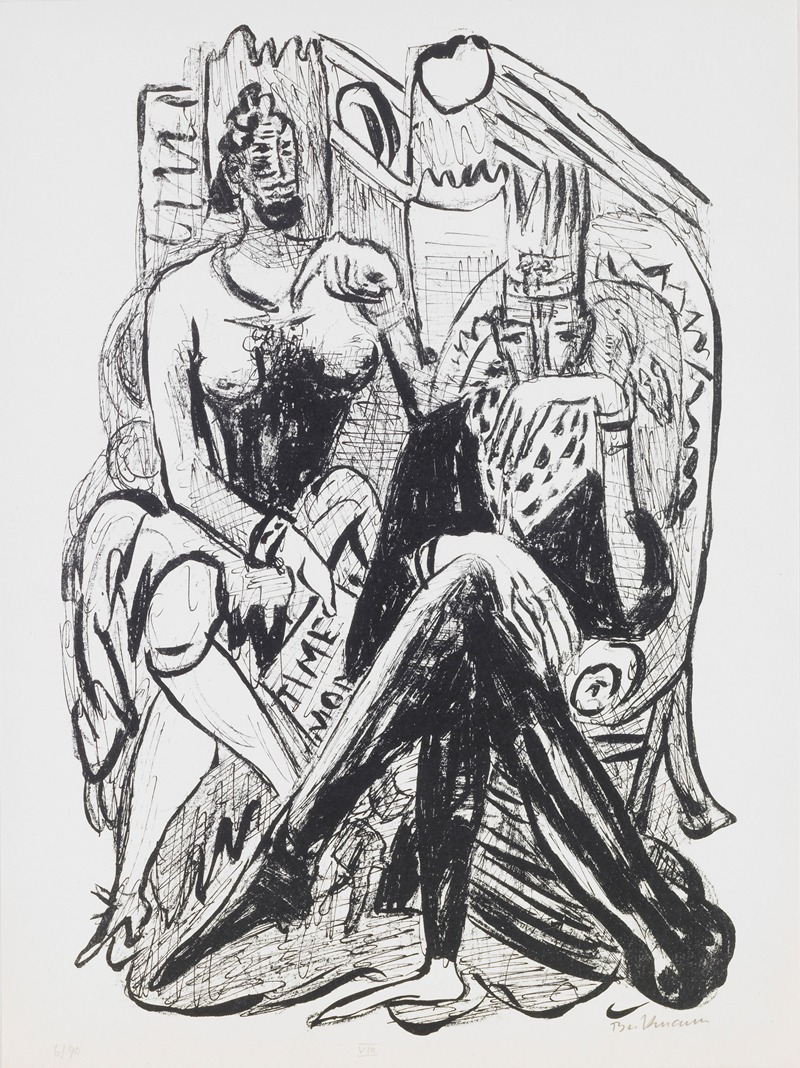
King and Demagogue, plate 8 from the portfolio ‘Day and Dream’
A hand-painted replica of Max Beckmann’s masterpiece King and Demagogue, plate 8 from the portfolio ‘Day and Dream’, meticulously crafted by professional artists to capture the true essence of the original. Each piece is created with museum-quality canvas and rare mineral pigments, carefully painted by experienced artists with delicate brushstrokes and rich, layered colors to perfectly recreate the texture of the original artwork. Unlike machine-printed reproductions, this hand-painted version brings the painting to life, infused with the artist’s emotions and skill in every stroke. Whether for personal collection or home decoration, it instantly elevates the artistic atmosphere of any space.
Max Beckmann, a prominent German painter and printmaker, created the artwork "King and Demagogue," which is plate 8 from his portfolio titled "Day and Dream." This portfolio was produced in 1946, a significant period shortly after World War II, during Beckmann's time in exile in the United States. Beckmann is known for his expressionist style, which often delves into themes of human experience, societal structures, and the complexities of identity.
"Day and Dream" is a collection of lithographs that reflect Beckmann's introspective exploration of the human condition, a recurring theme throughout his career. The portfolio consists of ten plates, each depicting various scenes that blend reality with dream-like imagery, a hallmark of Beckmann's work. "King and Demagogue" is one of these plates, and it exemplifies Beckmann's ability to convey complex narratives through his art.
In "King and Demagogue," Beckmann presents a scene that juxtaposes two archetypal figures: the king and the demagogue. The king, often a symbol of authority and tradition, contrasts with the demagogue, who represents manipulation and populist rhetoric. This dichotomy may reflect Beckmann's observations of political dynamics and power struggles, particularly in the context of the tumultuous events of the early 20th century. The artwork captures the tension between these figures, inviting viewers to contemplate the nature of leadership and influence.
Beckmann's style in this piece is characterized by bold lines and a dramatic use of space, which are typical of his expressionist approach. The figures are rendered with a sense of intensity and emotion, drawing the viewer into the psychological depth of the scene. The composition of "King and Demagogue" is both structured and dynamic, with elements that suggest movement and conflict.
The creation of "Day and Dream" came at a time when Beckmann was reflecting on his experiences in Europe and his new life in America. Having fled Nazi Germany in 1937 due to the oppressive political climate and the regime's condemnation of modern art, Beckmann spent a decade in Amsterdam before moving to the United States in 1947. His work during this period often grapples with themes of exile, identity, and the search for meaning in a fractured world.
"King and Demagogue," like many of Beckmann's works, can be seen as a commentary on the human condition, exploring the dualities of power and vulnerability, reality and illusion. The piece invites interpretation and introspection, encouraging viewers to consider the roles of authority and persuasion in shaping society.
Max Beckmann's legacy as an artist is marked by his profound engagement with the social and political issues of his time, and "King and Demagogue" is a testament to his ability to capture the complexities of human nature through his art. The portfolio "Day and Dream" remains an important part of his oeuvre, showcasing his unique vision and enduring impact on the world of modern art.





